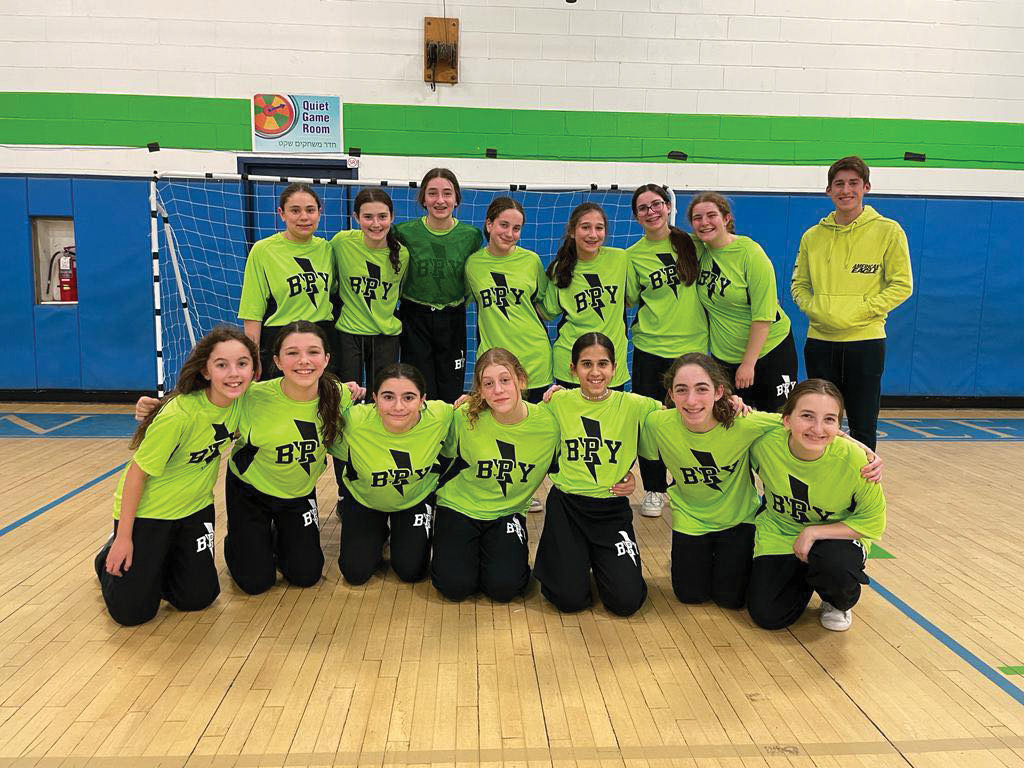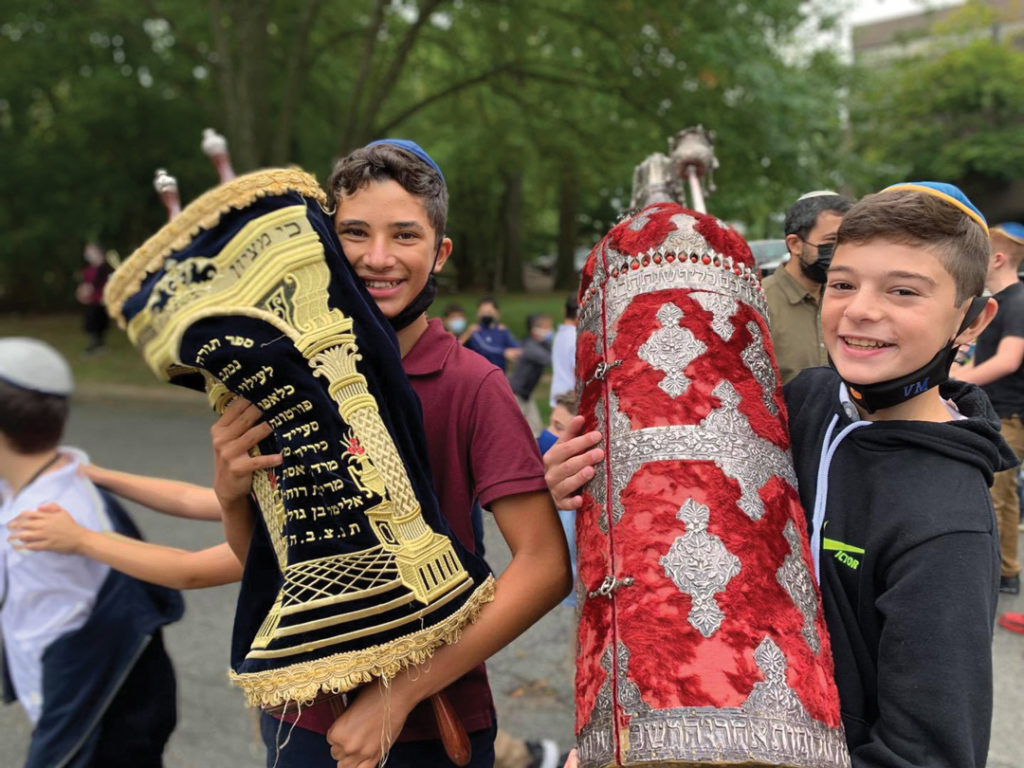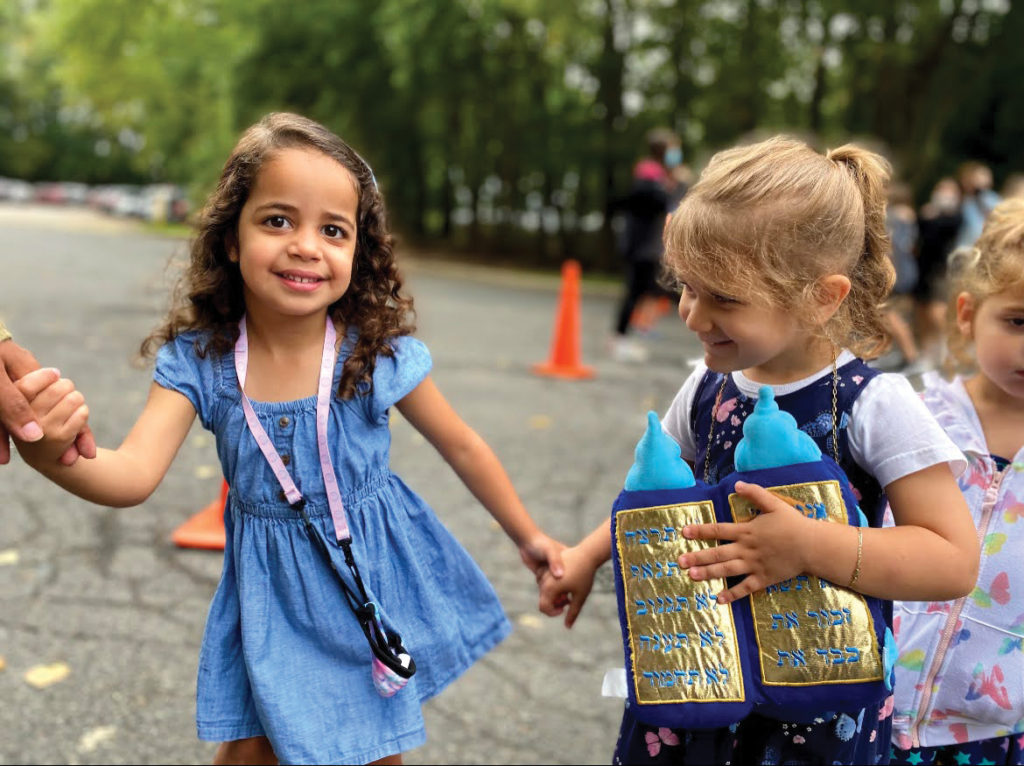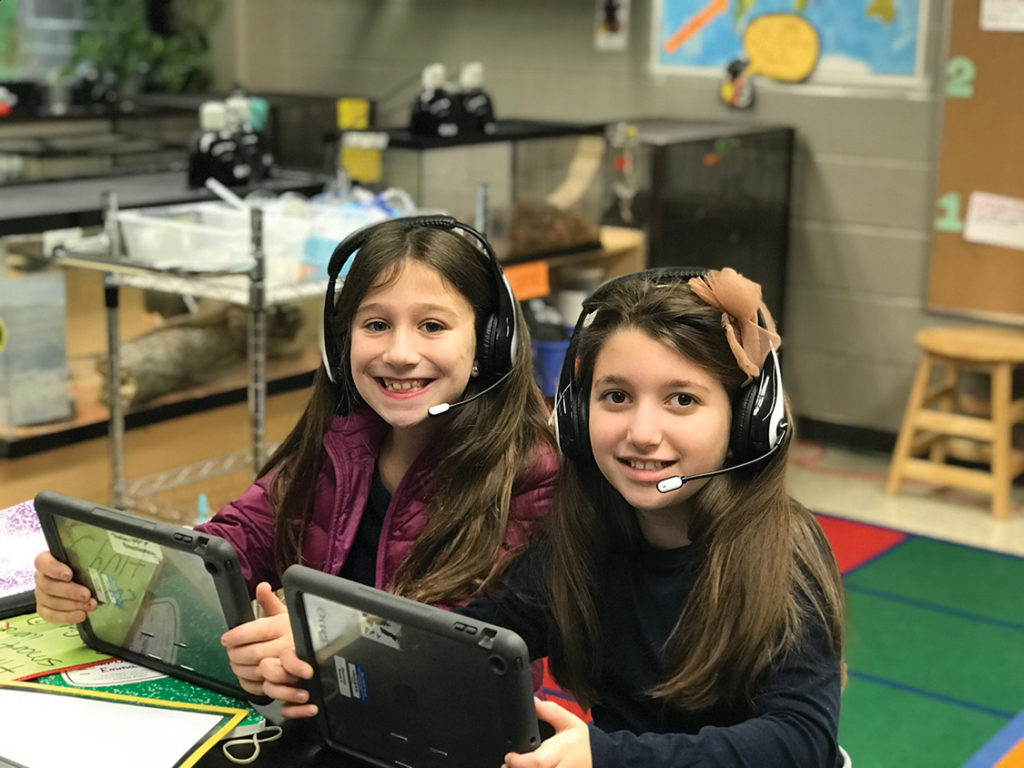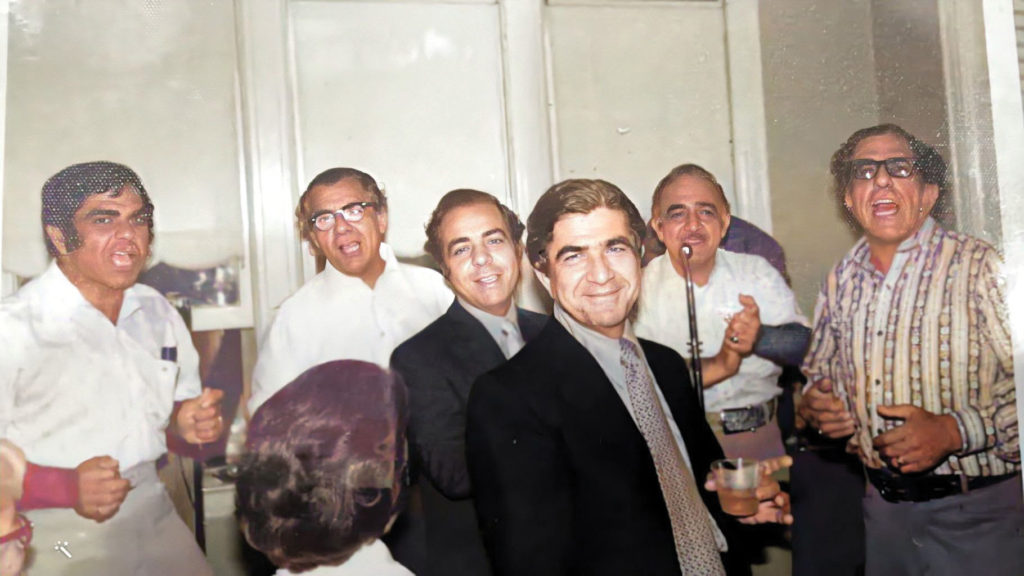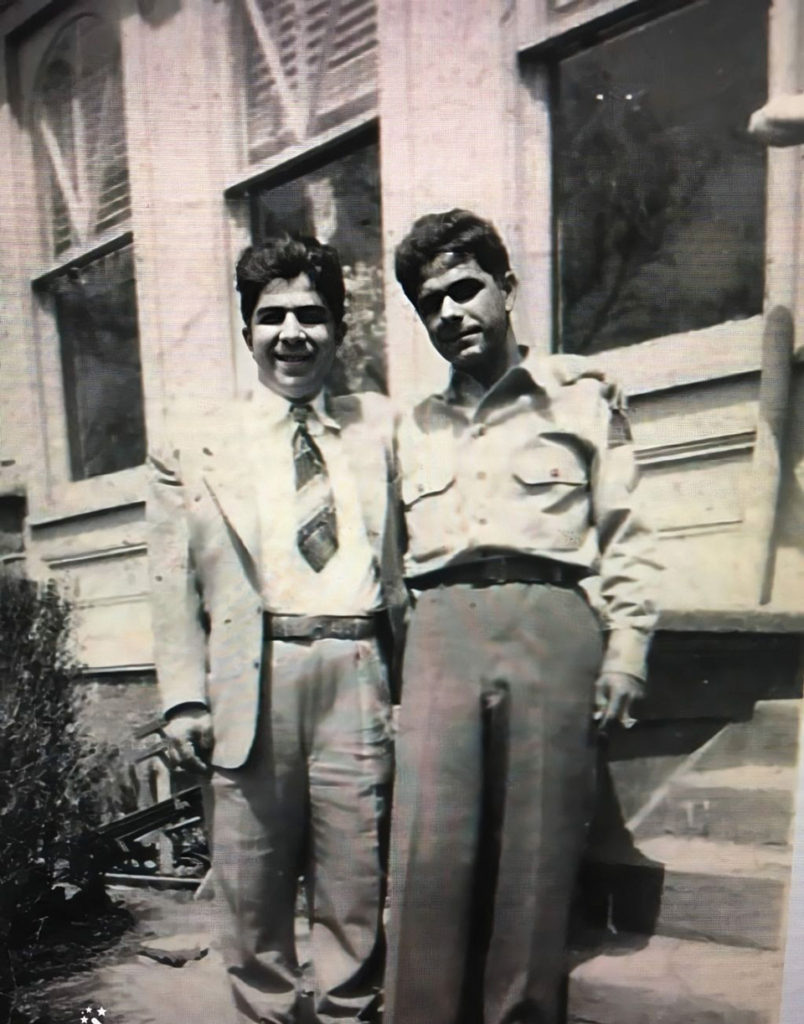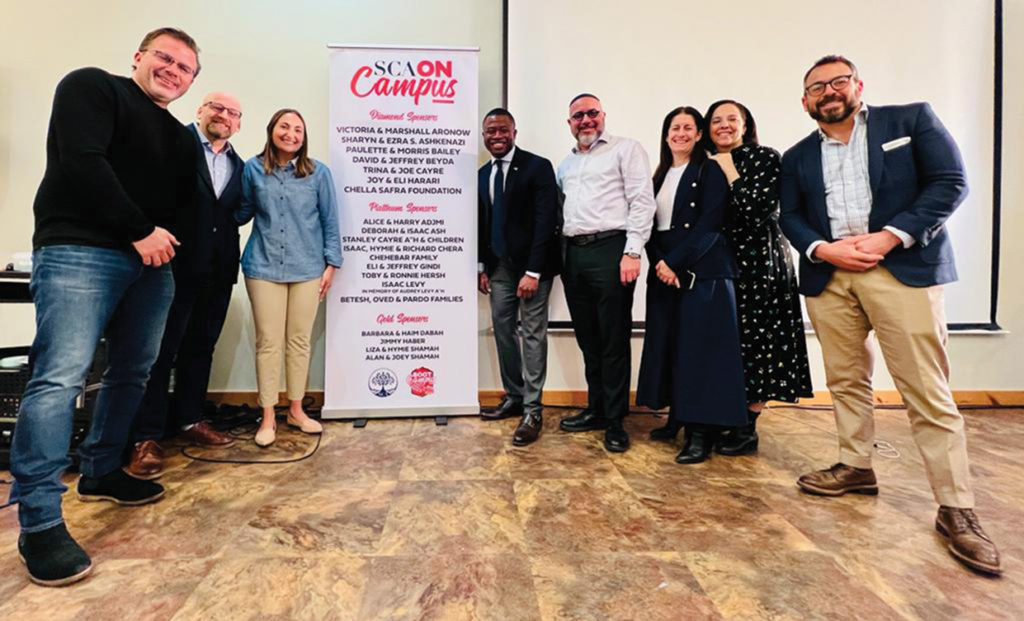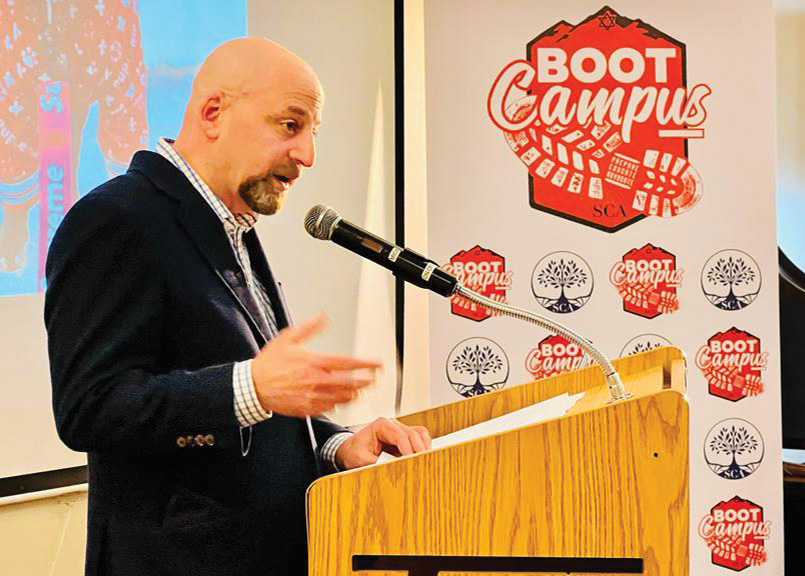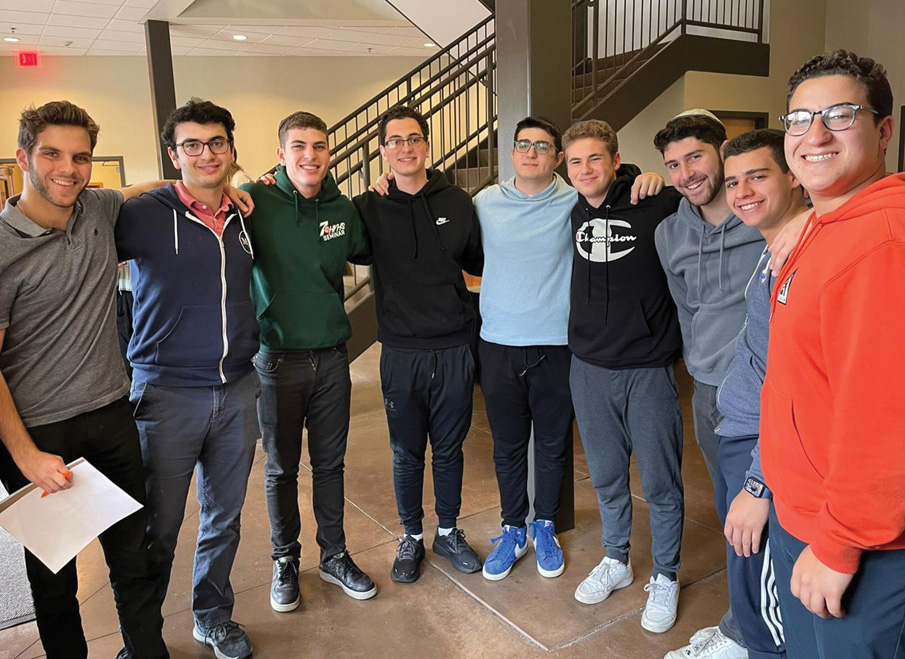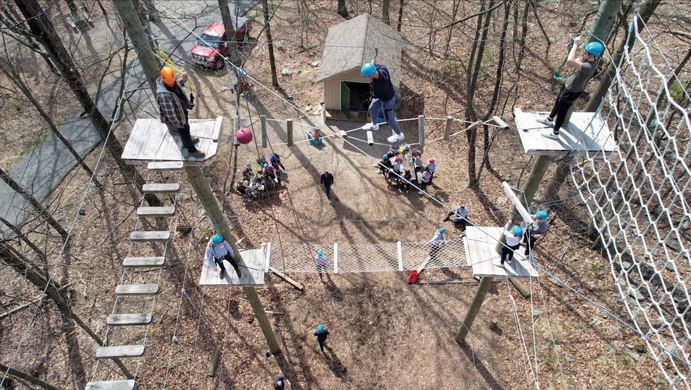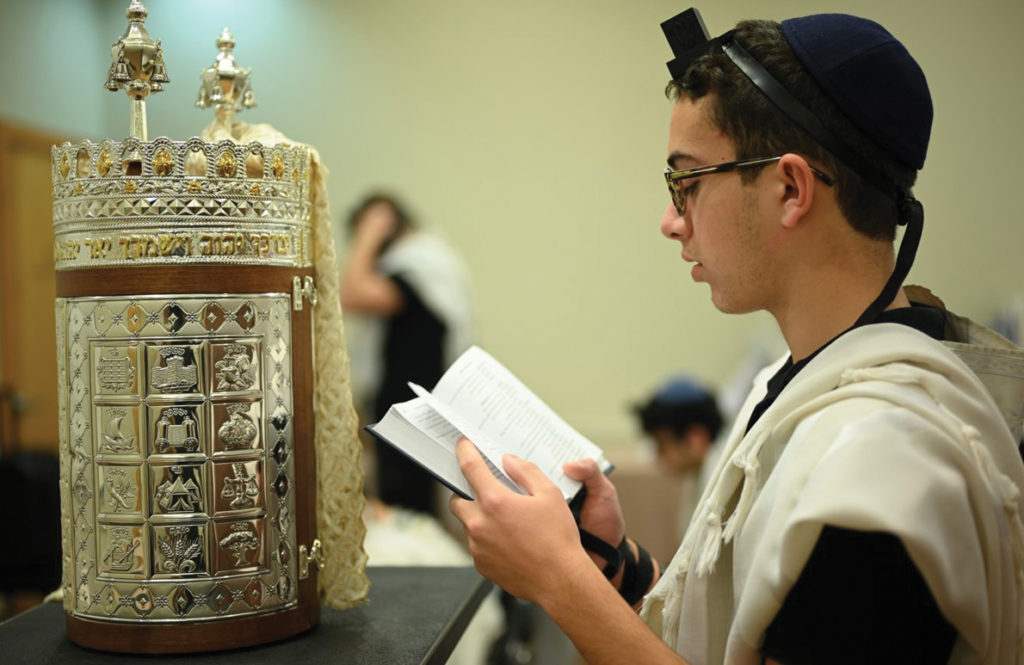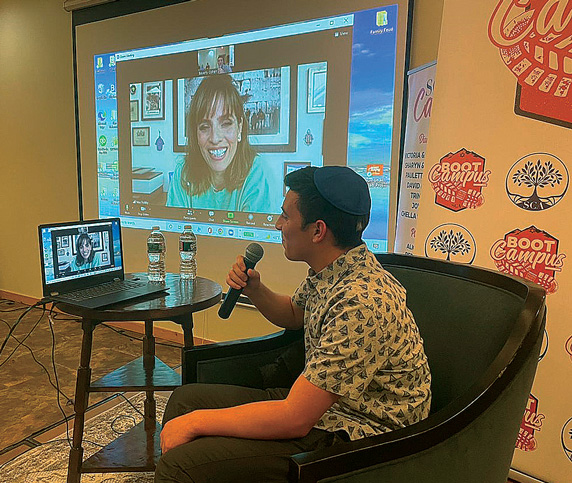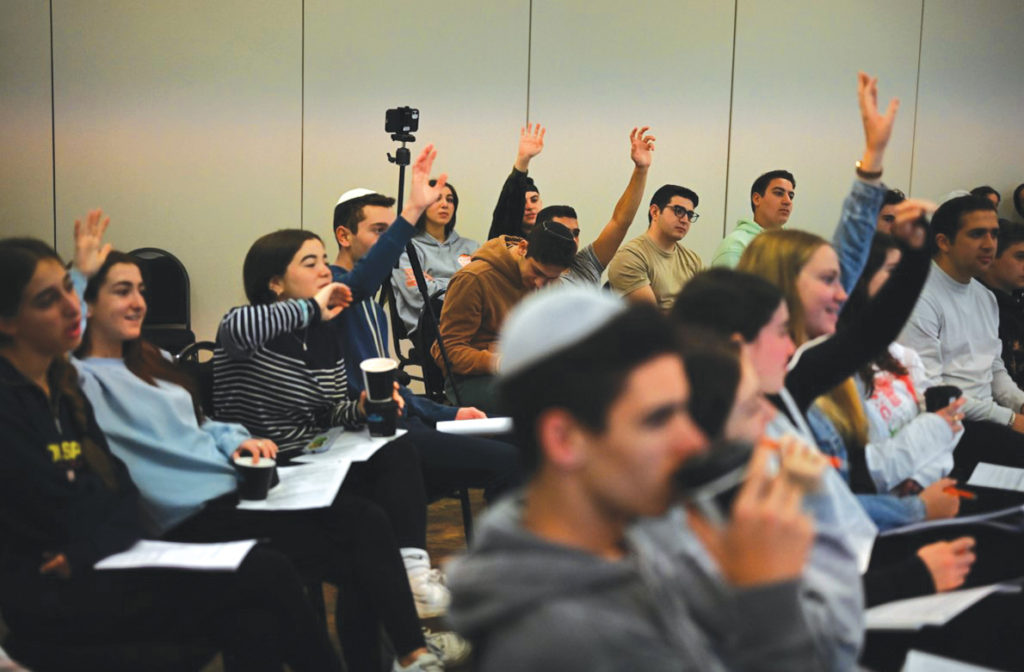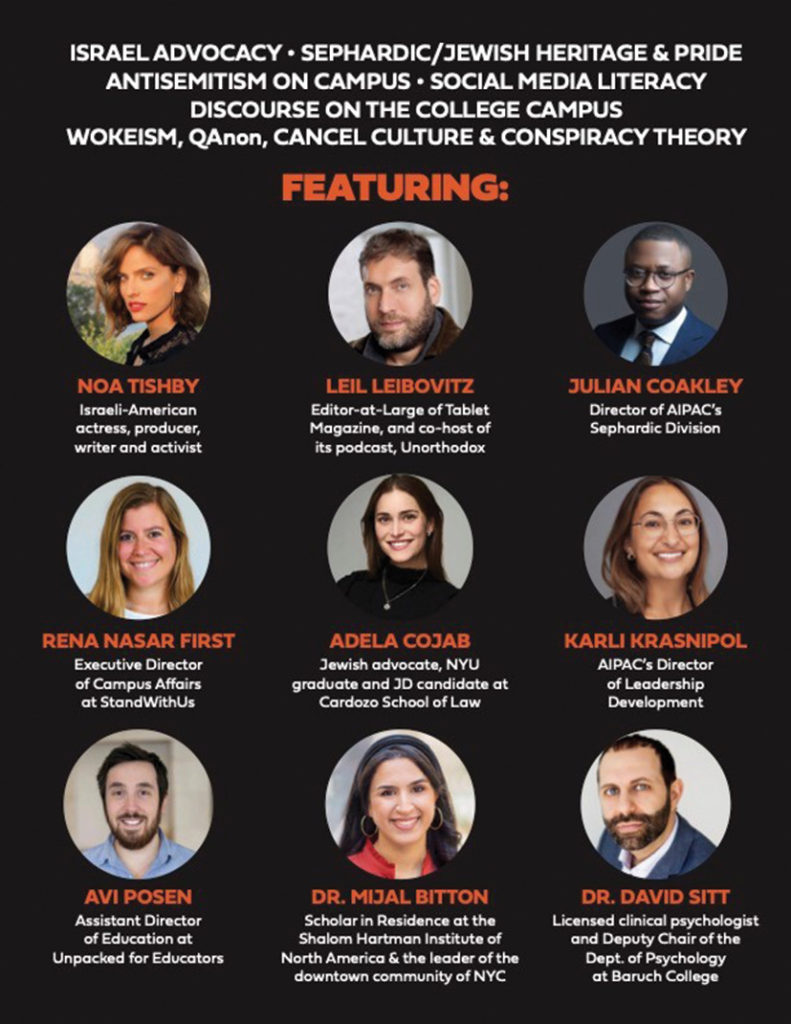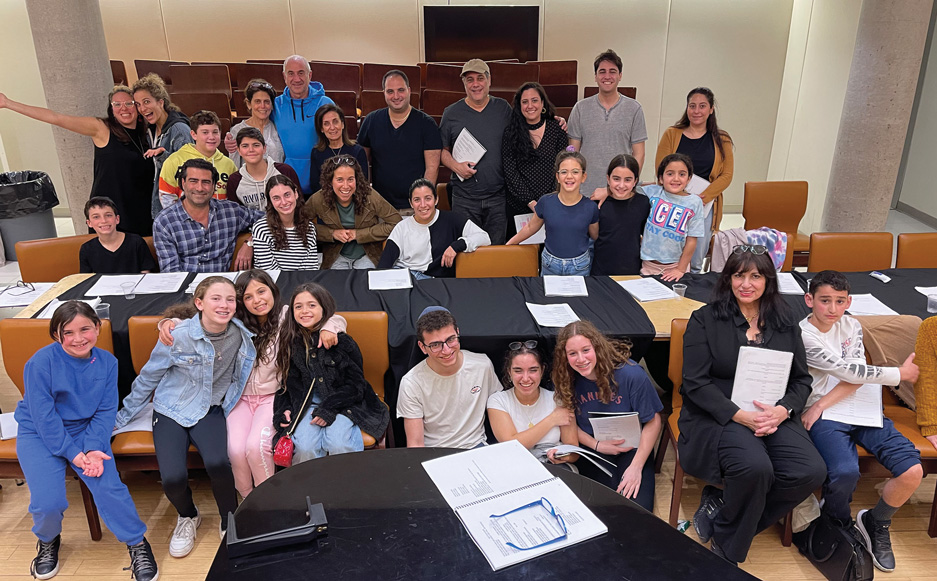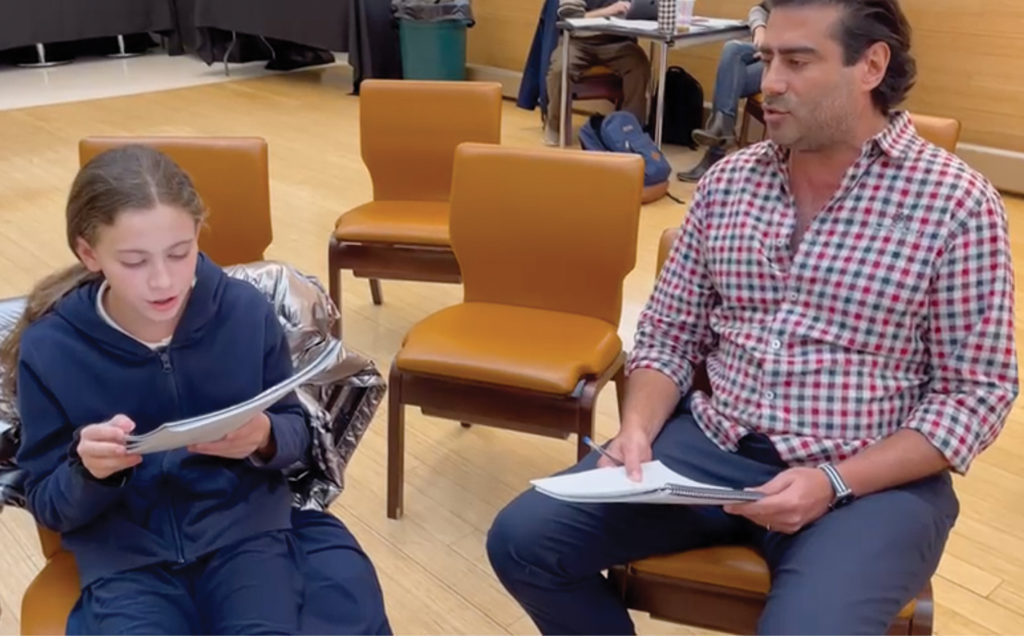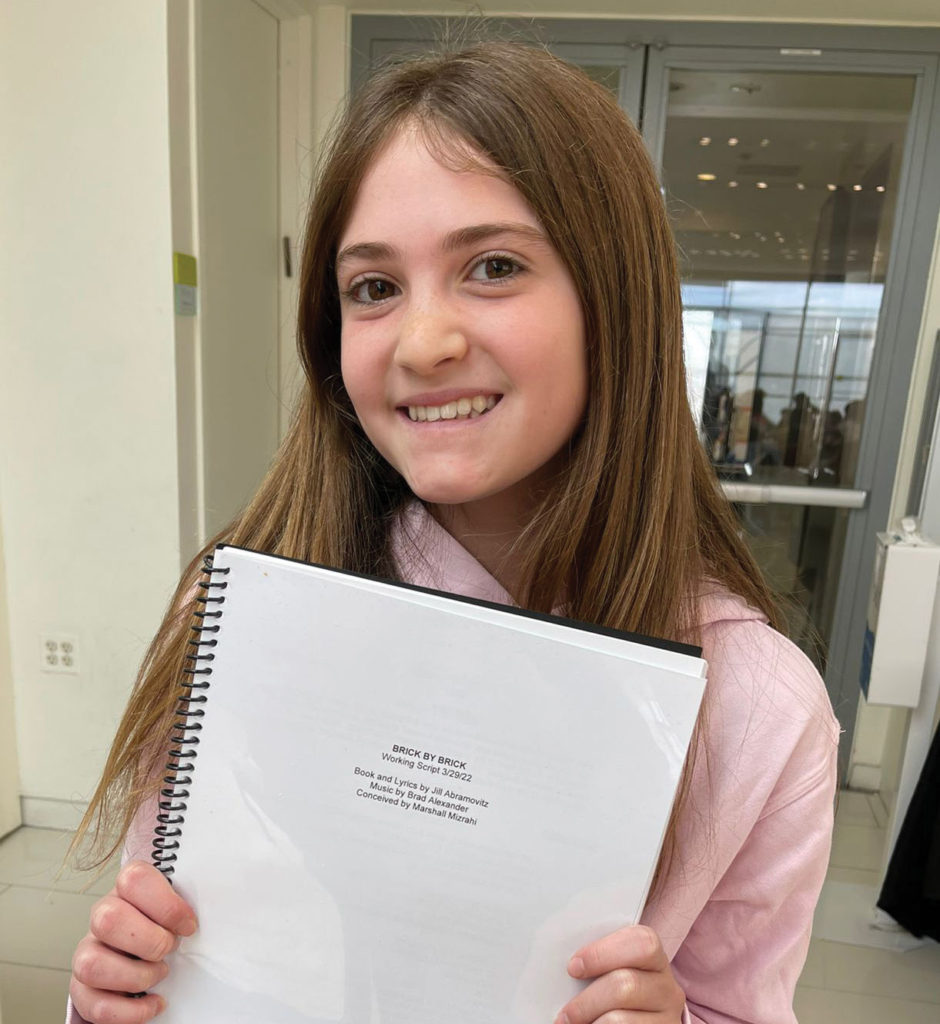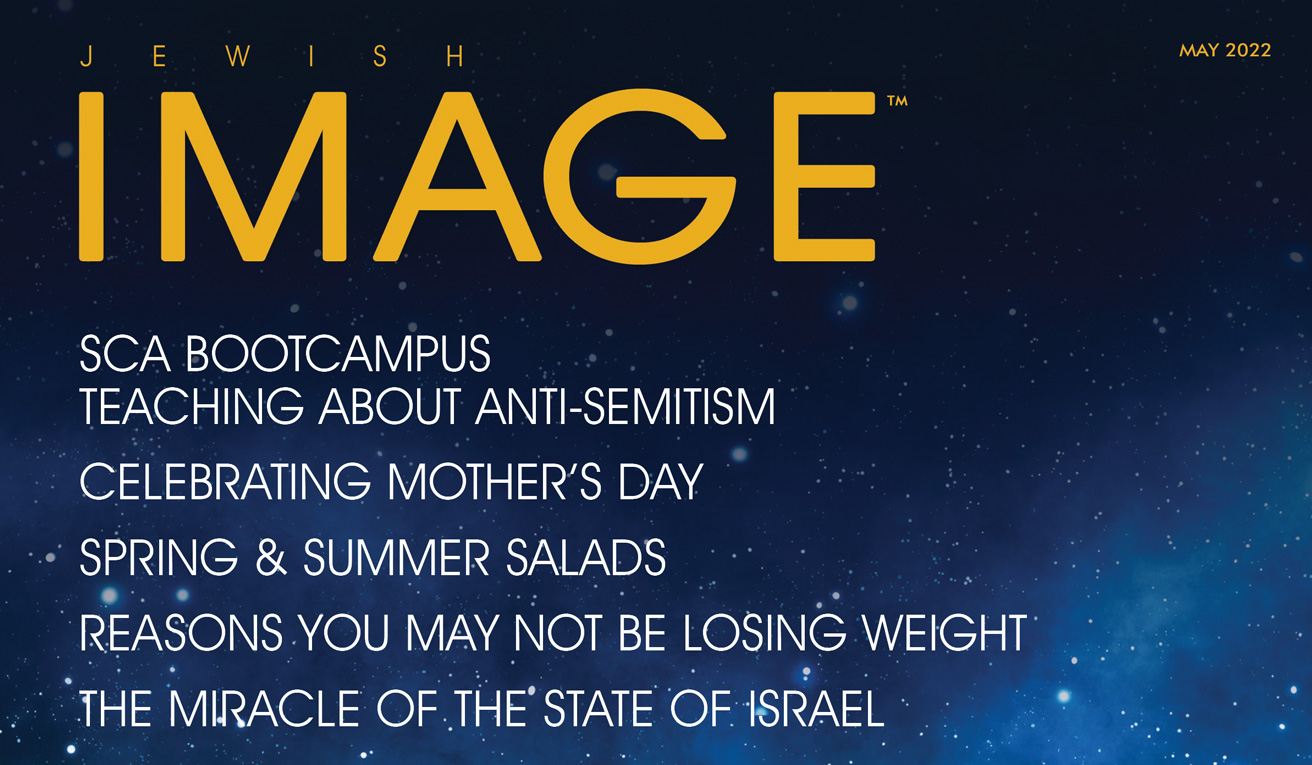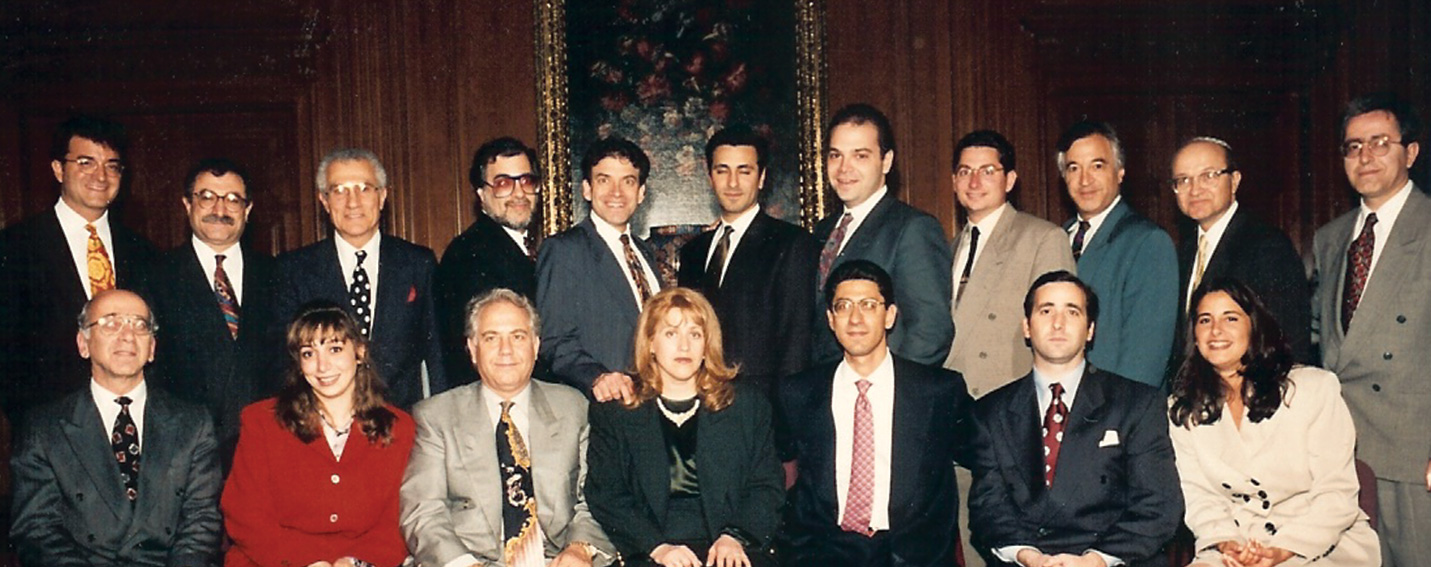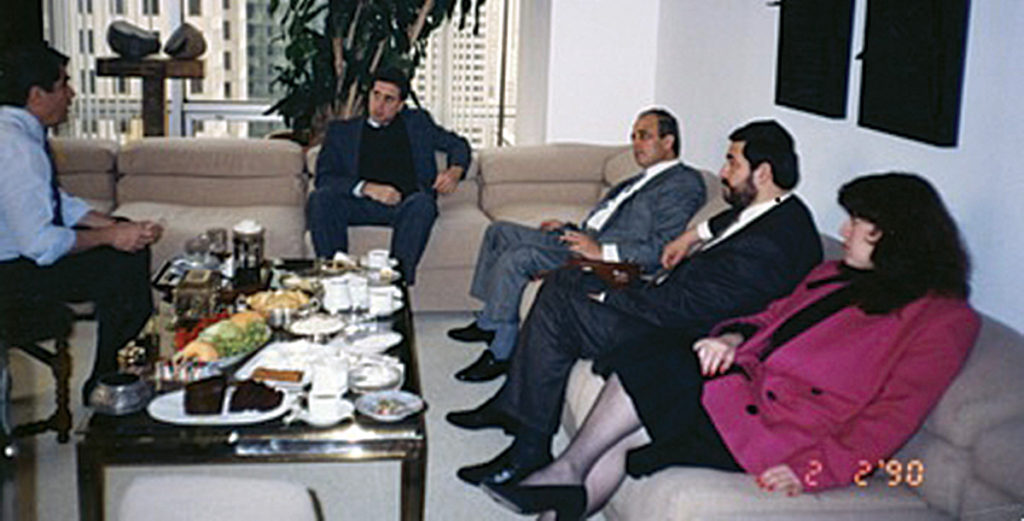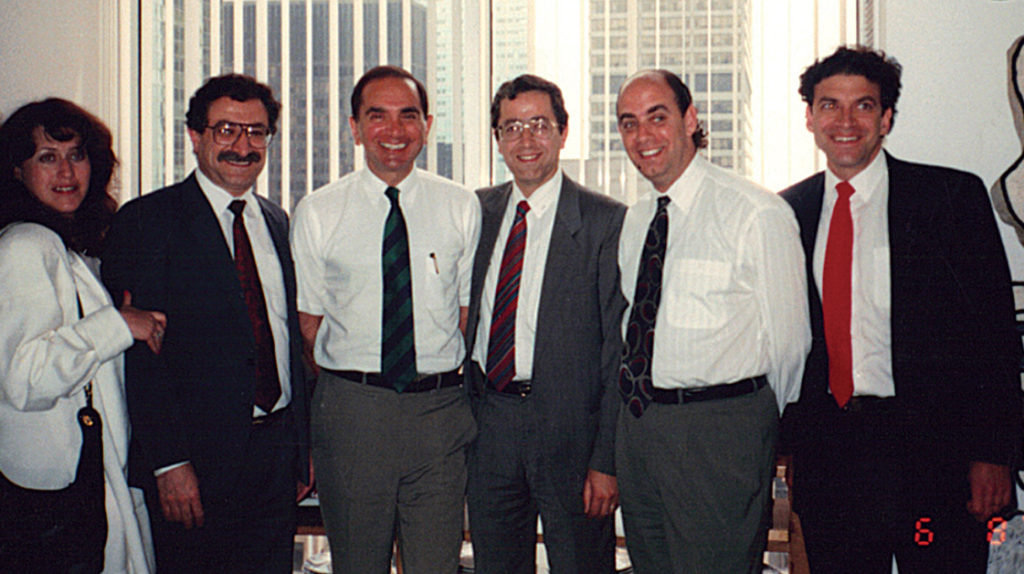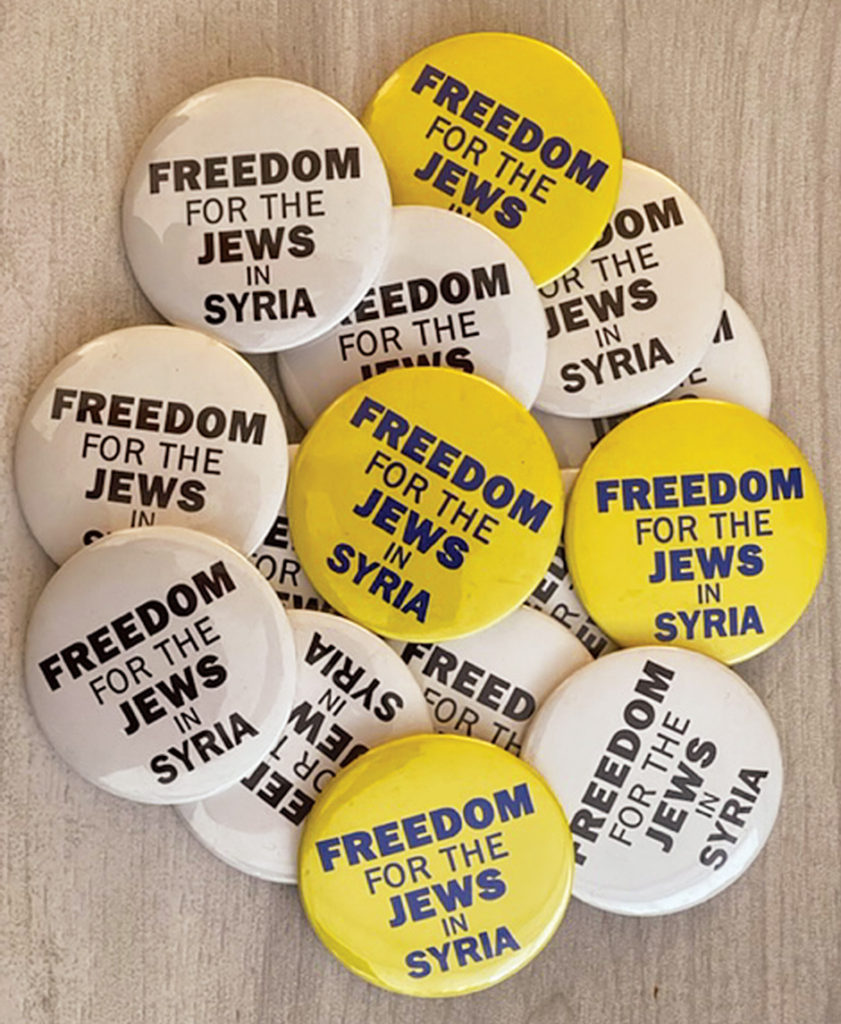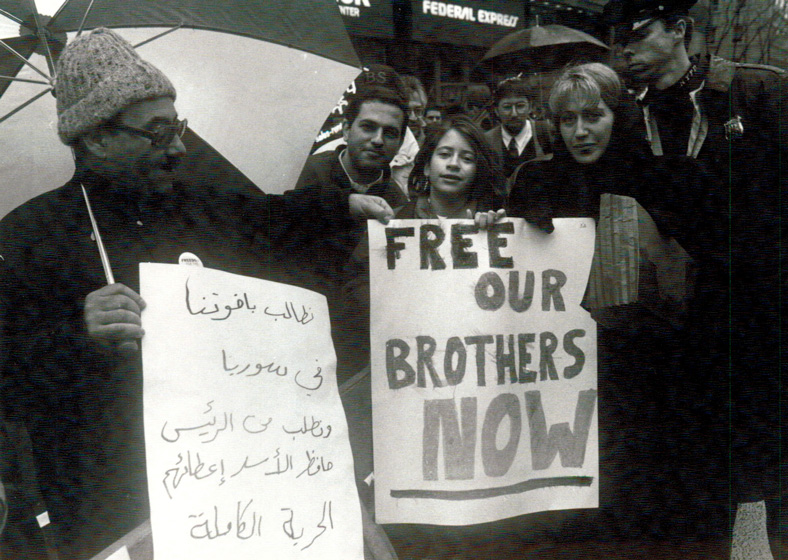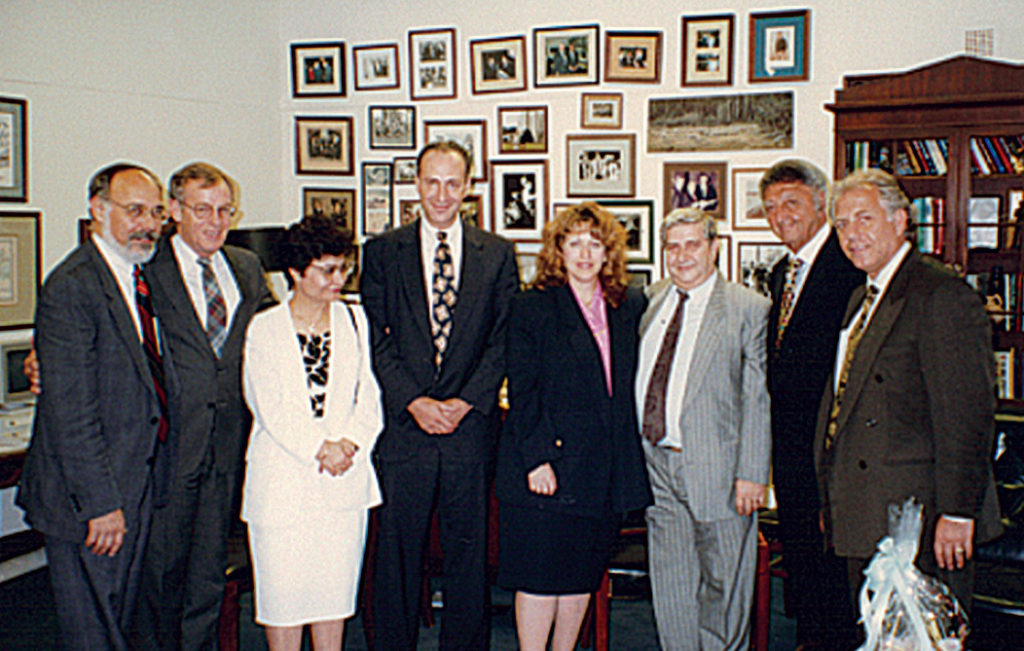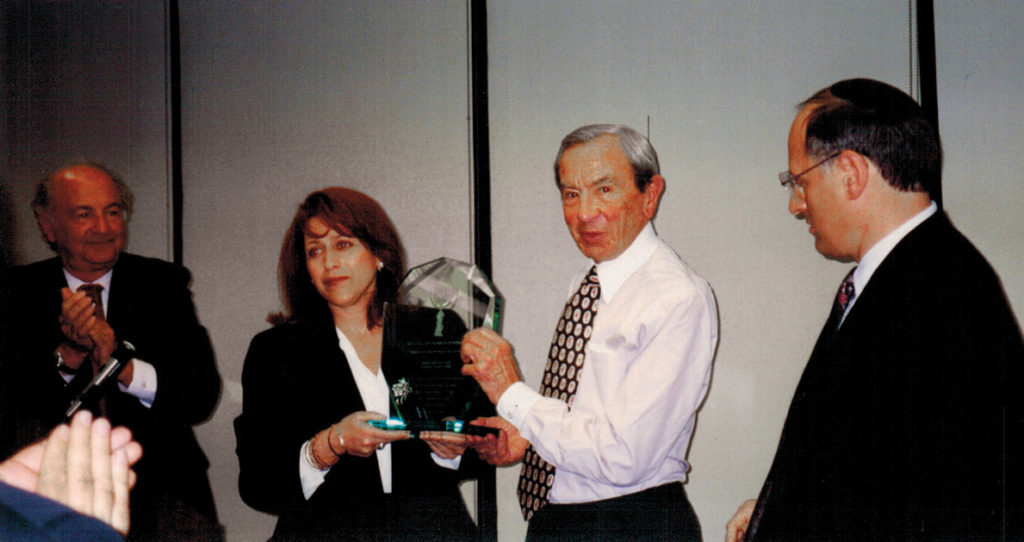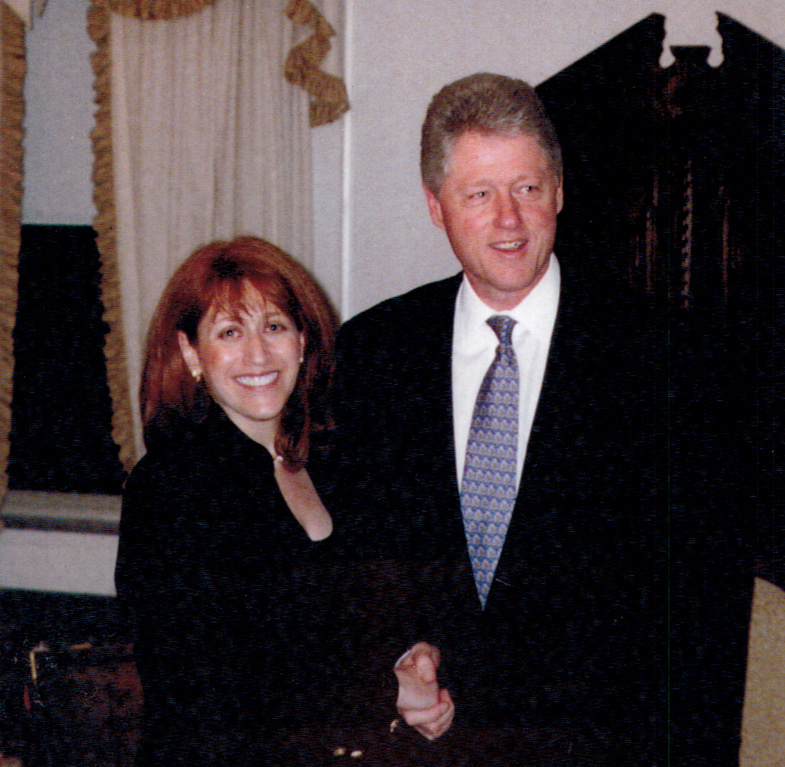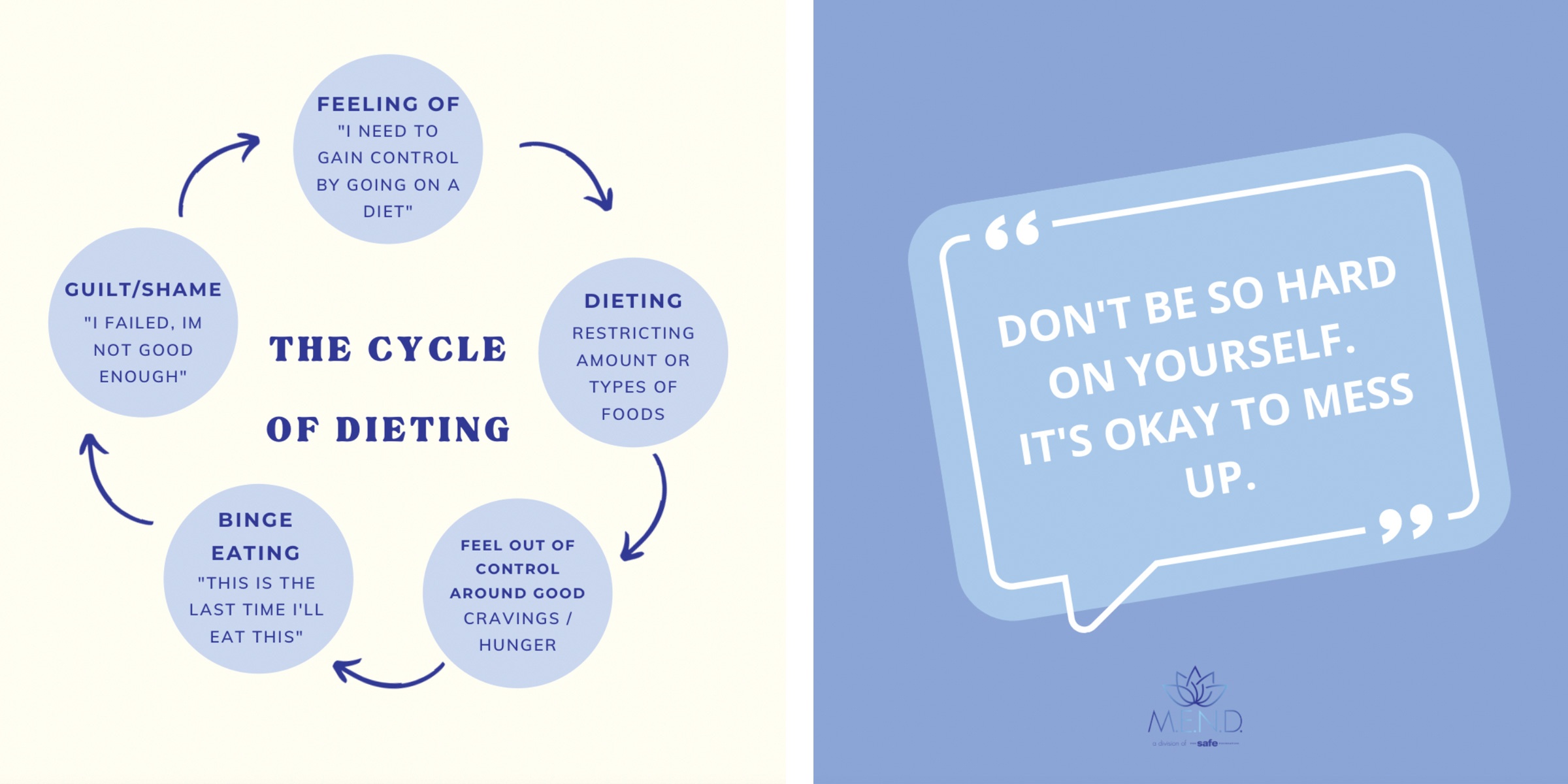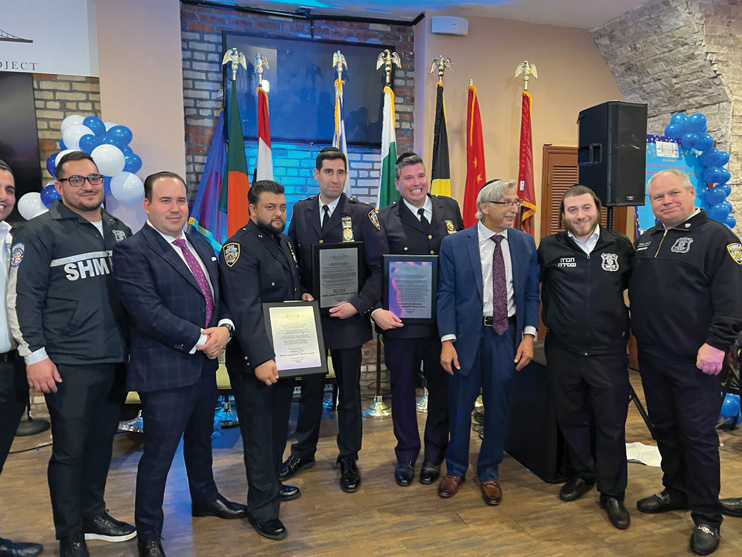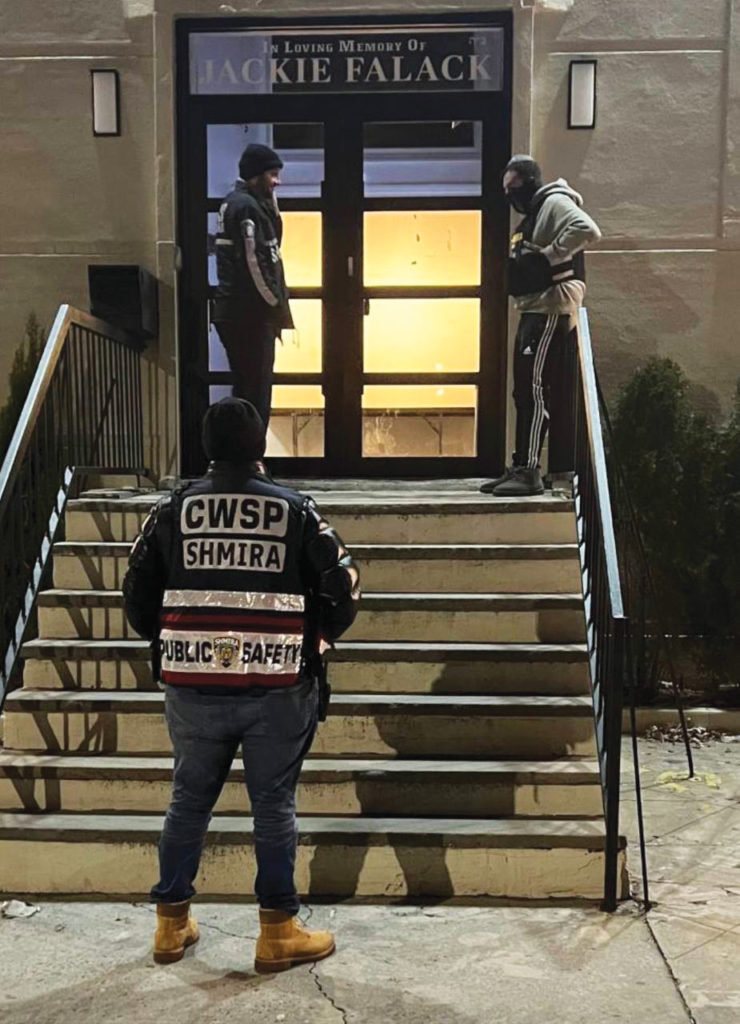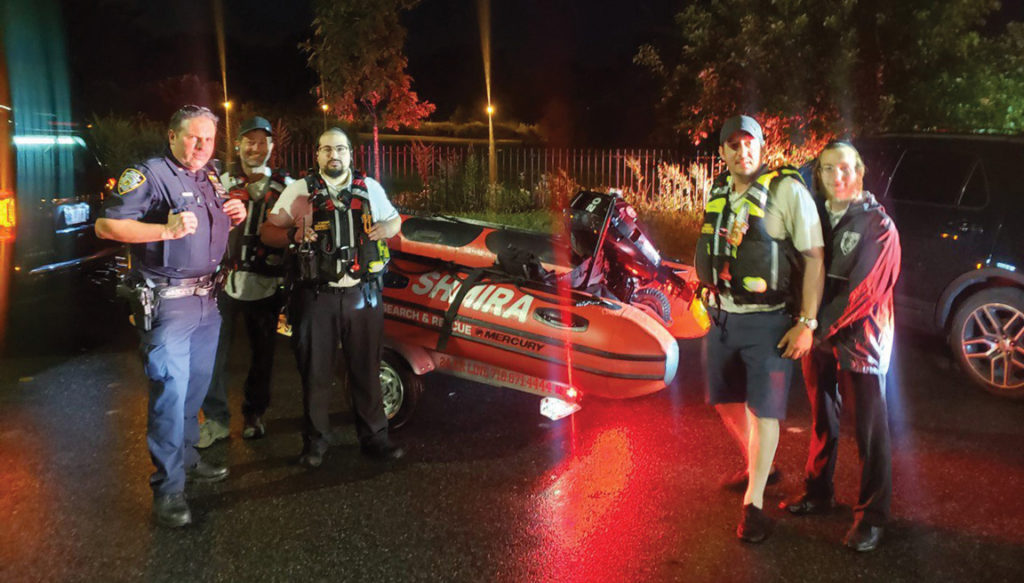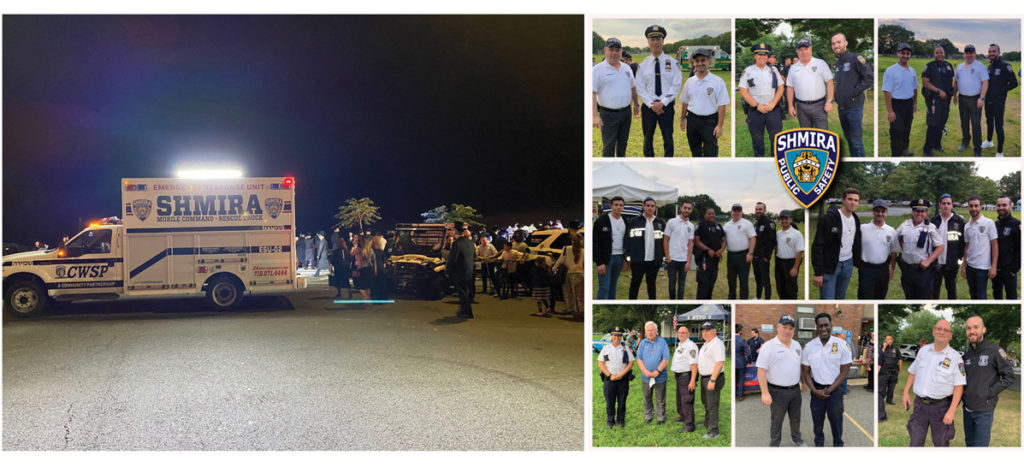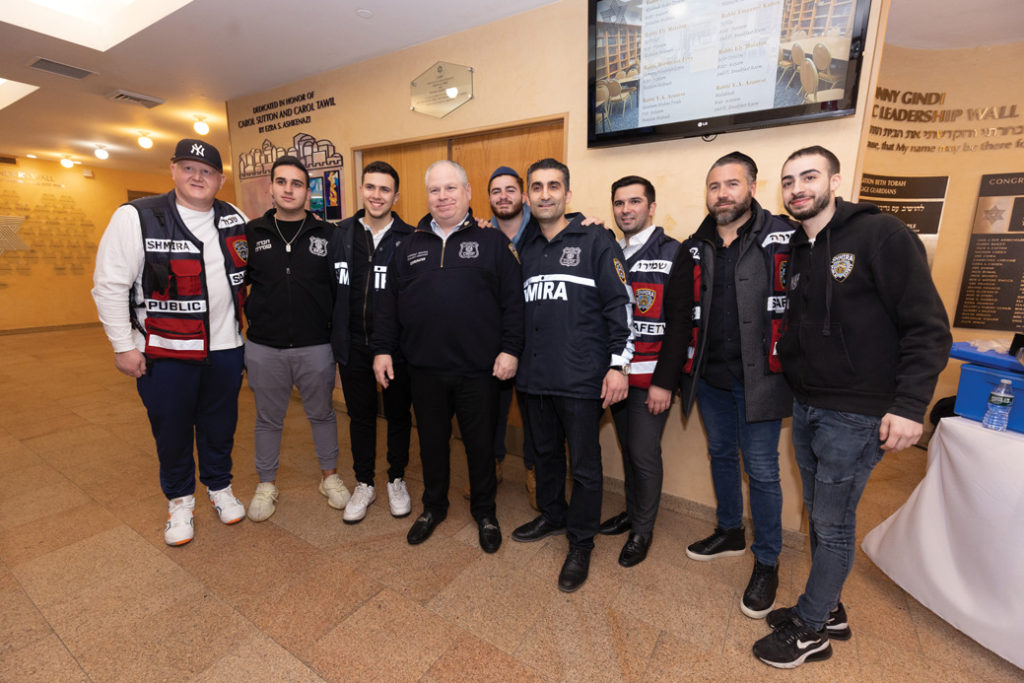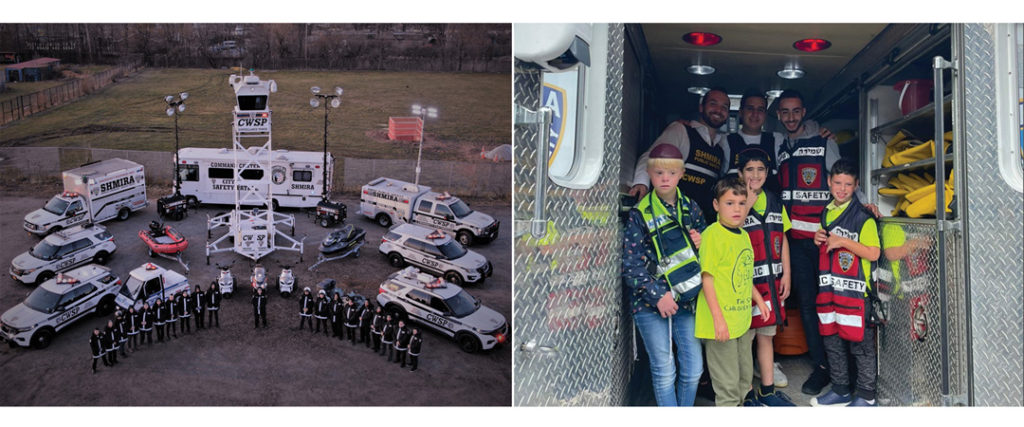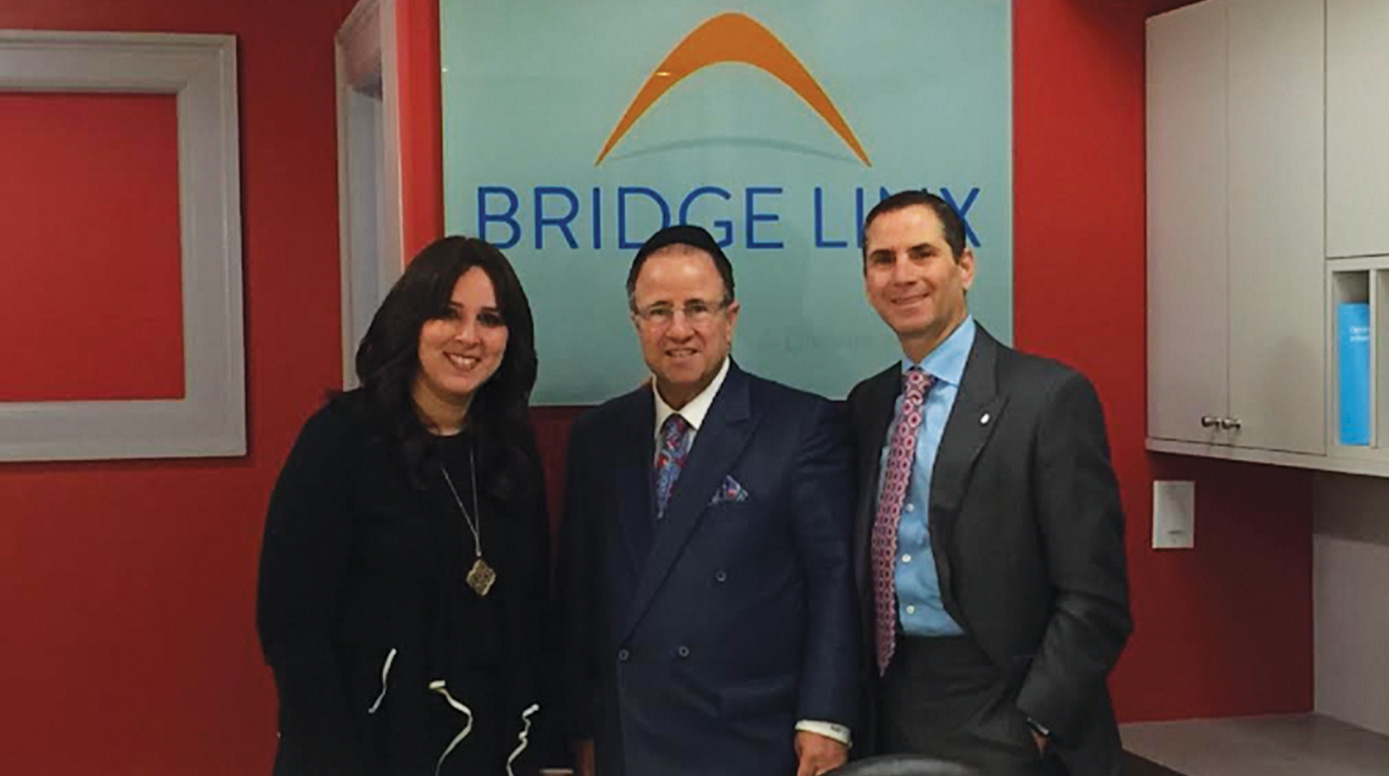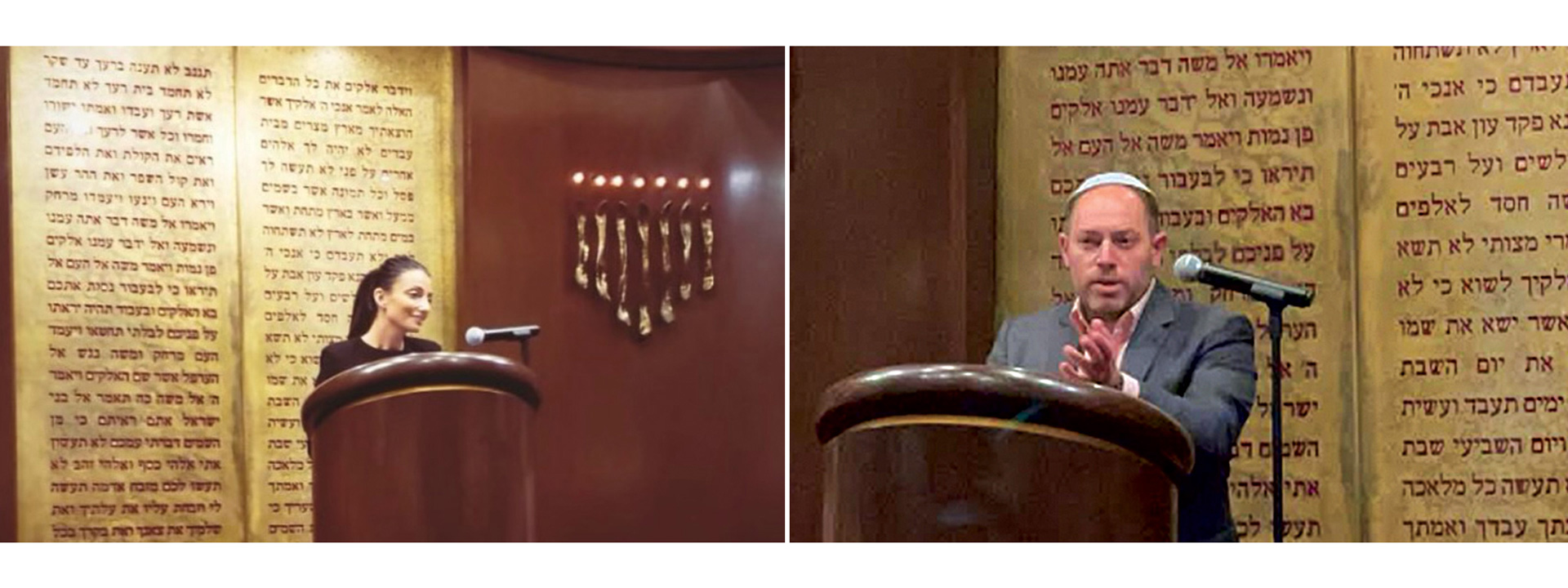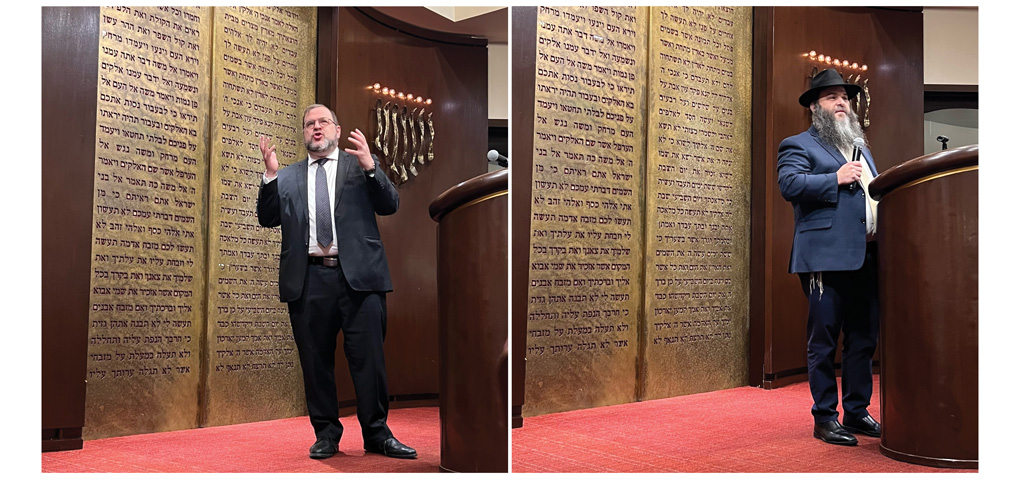Saying The BLESSING Asher Yatzar
FROM SICKNESS TO HEALTH — ONE MAN’S JOURNEY
ANONYMOUS
“BLESSED ARE YOU, ADO-NAI, OUR G-d, KING OF THE UNIVERSE, WHO FORMED MAN WITH WISDOM AND CREATED WITHIN HIM MANY OPENINGS AND MANY HOLLOW SPACES. IT IS OBVIOUS AND KNOWN BEFORE YOUR SEAT OF HONOR THAT EVEN IF ONE OF THEM WOULD BE OPENED, OR IF EVEN ONE OF THEM WOULD BE SEALED, IT WOULD BE IMPOSSIBLE TO SURVIVE AND TO STAND BEFORE YOU EVEN FOR ONE HOUR. BLESSED ARE YOU, ADO-NAI, WHO HEALS ALL FLESH AND ACTS WONDROUSLY.”
THE AWESOME BRACHA OF ASHER YATZAR, (WHO FORMED), WHICH REFERS TO THE COMPLEXITY OF THE HUMAN BODY, THANKS HASHEM FOR CREATING OUR BODY AND FOR THE CONTINUOUS DAILY MIRACLE OF ITS PROPER FUNCTIONING. IT IS RECITED EVERY MORNING AS PART OF THE BIRCHAT HASHACHAR, (MORNING BLESSINGS) AND AGAIN, EVERY TIME AFTER USING THE BATHROOM. THE BLESSING AND THE MIRACLE OF OUR BODIES IS SOMETHING WE SHOULD NOT TAKE FOR GRANTED.
I couldn’t wait for Thanksgiving. Every year I look forward to spending several days with my family and some friends. I never knew, that one particular Thanksgiving would change my life forever.
We were in Baltimore, it was Thursday, Thanksgiving morning and I had a cold, but it wasn’t too bad. We went out to dinner to a kosher restaurant and had a great time with family and friends. I was looking forward to the next morning when I would first go for a run, something I enjoy very much. Little did I know I was just a few hours away from a life changing experience.
My cold got worse, as the night progressed and I woke up at 5 a.m. to take NyQuil. At approximately 7 a.m., I woke up again and of course the first thing I needed to do was use the bathroom. At first I felt fine as I walked to the bathroom, but then I suddenly felt a bit dizzy and the next thing I remember, I was waking up, unable to speak or move, due to the pain. I recall seeing my wife screaming and calling an ambulance. I didn’t know what happened. It took 40 minutes for an ambulance to arrive, as I lay on the floor wondering how I got there and what was going on.
Finally, the paramedics arrived, they put me on a stretcher and took me to the hospital. I was left waiting for a bed and a CAT-scan for over 10 hours. I was in excruciating pain, I could hardly walk, and had trouble breathing. I went from being able to run 10 miles to not being able to walk 30 feet.
After many hours of waiting in agony, I saw a young Jewish boy and begged him to go get me some Advil for the pain, because the hospital wouldn’t give me anything. He did and I’m still so grateful for that. He was like an angel.
After I finally had a CAT-scan, I was told I had five full fractures in four of my ribs, one of my lungs was compressed and bleeding, and I had a chip on my spine.
Somehow I was able to deal with all of it, but not with what was to come. When I needed to urinate, I couldn’t, and my biggest nightmare came true. The hospital staff told me I would need a catheter to empty my bladder, and after that I would feel better. Well, I did not. We decided to leave the next day, to go back to NY. I ended up in NYU Hospital the next morning. I was told my bladder was almost full and I would need a catheter for a few days, after which I could return for them to remove it.
Five days later l went back to have the catheter removed, but I was still unable to urinate on my own. I wondered how something so simple, that I took for granted all of my life, could suddenly become the most difficult challenge I ever faced.
I needed to be catheterized again, but at this point the pain of the procedure was unbearable and unimaginable. The doctor asked me to come back in two weeks to have it removed. So, after two long weeks of pain, taking Valium, pain killers and other meds, I was positive this time, when the catheter was removed, I’d be fine, but once again, I wasn’t, and I needed the catheter again.
After the first couple of times my wife couldn’t even accompany me to the hospital anymore, because the procedure was so painful, invasive and there was so much bleeding, that it was too much trauma for her to bare. It was like we were living in a nightmare.
This time when I went home, I fell into a deep depression. I reached out to other urologists to see if they could help. I went to six different doctors and did four different tests. I can’t even describe the pain I was in mentally and physically. I will never forget when one of the doctors’ told me, “There’s nothing physically wrong with you. You should be going to the bathroom on your own.”

Although nothing was wrong with me, in the back of my mind I wanted him to tell me there was an operation he could do to make me able to use the bathroom on my own. He said there was one thing we could try, but he wouldn’t recommend it, because he didn’t think it would help and it could cause serious side effects. It was an operation to open the neck of the bladder. Regardless, I was in such a desperate state that we scheduled the surgery for December 25, hoping a miracle would happen and it would work. After a few days of thinking about it, I cancelled the surgery.
As time passed, and I had two failed attempts to remove a catheter, it got to a point where I couldn’t take the pain. I was not able to walk much and still the agony was constant. Finally, I called one of my doctors’ and told him I needed to take the catheter out and try to use the bathroom again.
On my third attempt, I was able to urinate a bit on my own. I couldn’t believe it! I was so happy, I thought the worst was behind me and I was finally on my way to a full recovery. Little did I know another three weeks of nightmares would follow. They told me they would teach me how to use the catheter myself in case my bladder locked up again.
I can’t even explain how difficult this was. I went home and was able to use the bathroom, but with great difficulty. I had to jump up and down for 10 minutes or walk around the block or touch cold water or hot water—anything that would get the flow going. Sometimes it took 15 minutes, sometimes as long as three hours before I was able to go. It was unbearable! I couldn’t understand how in my 50s, and quite healthy, I would have to face the possibility of living this way for the rest of my life.
I would try to sleep as much as I could, from the days straight into the nights to numb myself from the pain and the reality of the nightmare I was living in. I silenced my phone and I wouldn’t take any visitors or calls. I shut everyone out.
My wife, kids and siblings felt so sad and helpless. I’ll never forget their faces, watching me trying my hardest to go to the bathroom, running up and down the steps in desperation. My wife would say to me every night, “I’m listening for the toilet to flush so I can relax.”
One day my wife told me I needed to get out of the house and walk for a bit and breathe fresh air. As we approached Ocean Parkway I just walked into the street without looking, while the sign flashed brightly in red, “Do Not Walk.” Cars were coming on both sides and my wife had to grab me and pull me back to the sidewalk. It was a close call. I was in a fog. B”H, my wife and Hashem were there to save me. At one point I thought, “Hashem, I’d rather You take me than live like this for the rest of my life.”
Three more weeks passed, and I lost over 20 pounds. I was very thin to begin with and the weight loss was not good for me. At 5’11”, my weight went down to 143 pounds. I completely stopped drinking, and very quickly became dehydrated and almost ended up back in the hospital.
I remember giving up, and started to do the catheter myself, at home. My doctor told me I could only do it four times a day, and it wasn’t easy, sometimes it got bloody. It was horrific! It got so bad, that I asked my wife to take me back to the doctor so he could put it back in.
Through it all, there was still the pain from my fall, my broken ribs and my lungs—I was a mess. The depression deepened everyday that I was in this nightmare.
I tried acupuncture and I even saw a psychiatrist who gave me anxiety medication plus a few other things to help me feel better. I had done all the tests necessary to know that there wasn’t anything physically wrong with my bladder; it was completely psychological. He reassured me that what had happened to me had caused trauma to my body as well as to my brain.

I reached out to a friend who also helped me using the Dr. Sarno approach. My condition was controlled by my brain and I had some work to do and with time I would be back to myself again. A doctor suggested hypnosis, which I researched and found a great venue. The hypnotist told me that my brain had shifted a bit and he would help me get back to normal through a couple of sessions of hypnosis. After just two sessions he told me to remove the catheter, because I wouldn’t need it anymore.
I was also in touch with a rabbi and his translator who helped me tremendously through out this ordeal. He told me not to lose hope. He kept my spirits up and kept reassuring me there was nothing wrong with me physically. He also told me that I would see a miracle and be fine. I finally got to meet with him in person and he asked me to remove the catheter immediately, because, B”H, I would be fine.
Four days later, I removed the catheter (for the last time B”H) and I was able to use the bathroom on my own. It was a miracle! I went through two and a half months of suffering beyond belief—not just every day—but every minute of every day. Now, I not only enjoy every day but every minute of my life! I came to realize how important the Asher Yatzar blessing is. (I took it for granted for most of my life.) I believe many other people do too.
Throughout my suffering, I always knew there was a purpose. I couldn’t see it then, but I see it now. I’m on a mission to tell my story, so people will not just say this beracha in passing, but say it with real kavanah. Hashem saved me and I’m living again B”H.
Although sometimes things happen to us that seem so hard, Hashem always does it for the good. I feel in my case it was to make everyone aware of how lucky we are, and we should not take anything in this world for granted. I now try to convince my friends to put this blessing next to every bathroom in their office and home.
I now wake up every morning and whether I see rain or shine, snow or a freezing day, I say: “What a beautiful day, because my bodily functions are working the way Hashem intended.” Thank you, Hashem!



